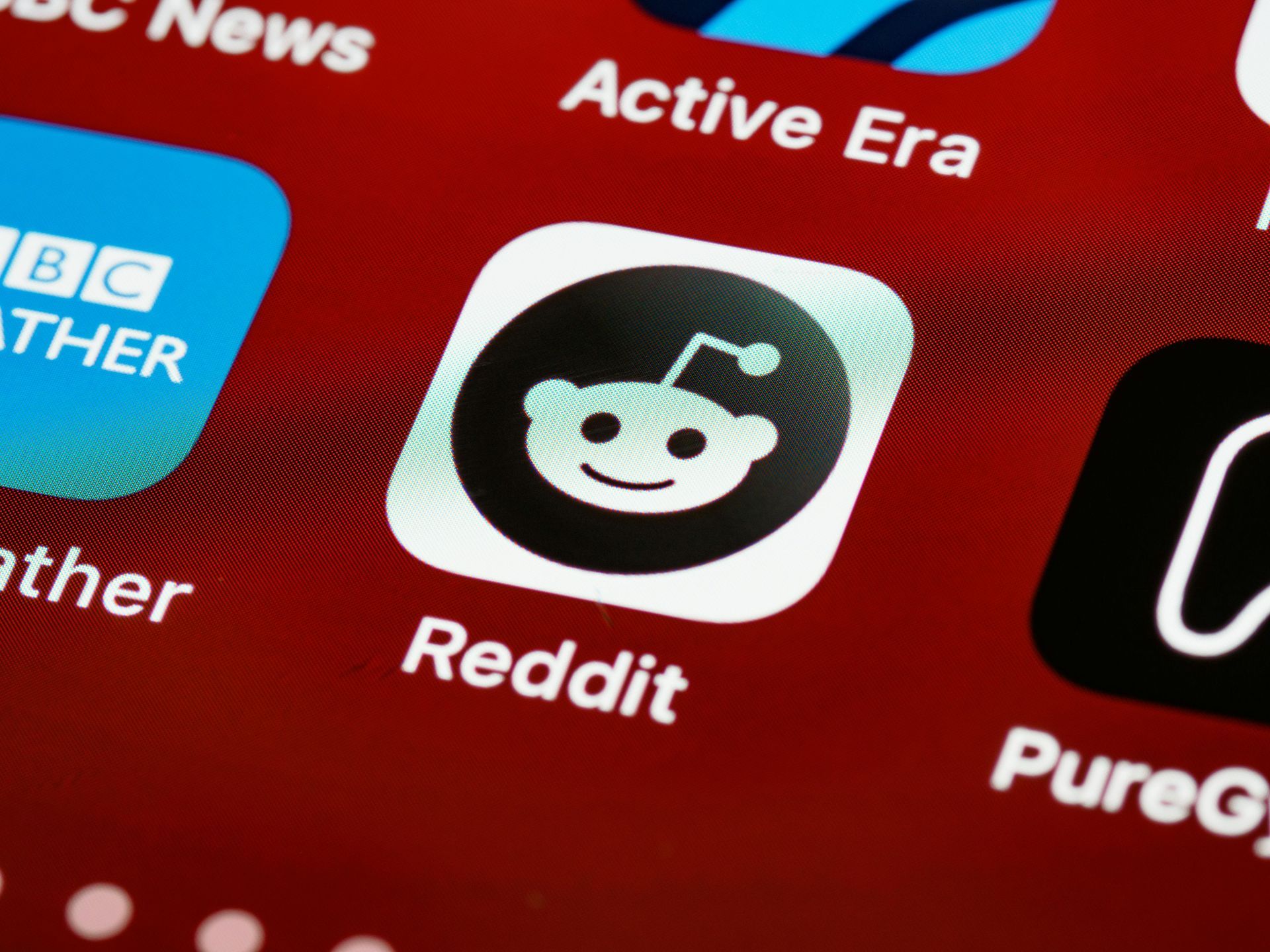The Power of Mixed Media Marketing: Leveraging Digital and Direct Mail
Harnessing Synergy: The Power of Integrated Digital and Direct Mail Marketing

In the ever-evolving landscape of marketing, one strategy has proven its staying power: mixed media marketing. Combining the strengths of digital and traditional media, mixed media marketing allows brands to reach a wider audience and create a more impactful presence. A recent article from The Financial Brand highlights a key component of this strategy—integrating direct mail with digital marketing to maximize reach and engagement.
Why Mixed Media Marketing?
The rationale behind mixed media marketing is simple: different channels reach different audiences in different ways. Digital marketing offers immediacy, analytics, and broad reach, while traditional media, like direct mail, provides a tangible, personal touch that can cut through the digital noise. By combining these approaches, businesses can create a comprehensive strategy that leverages the strengths of each medium.
The Resurgence of Direct Mail
Contrary to the belief that direct mail is outdated, it has seen a resurgence in effectiveness. The Financial Brand article emphasizes that direct mail continues to thrive, even in the digital age. This is because direct mail offers a personal connection that digital media often lacks. For instance, a well-crafted piece of direct mail can capture attention in a way that an email or social media ad cannot. It’s tactile, personal, and can leave a lasting impression on the recipient.
Integrating Digital and Direct Mail
Personalization: Use data gathered from digital interactions to personalize direct mail campaigns. Tailored messages that reflect the recipient's preferences and behaviors can significantly increase engagement.
Complementary Content: Ensure that your digital and direct mail efforts complement each other. For example, a direct mail piece might introduce a new product, while follow-up emails provide more detailed information and special offers.
Cross-Promotion: Use each channel to promote the other. Encourage recipients of direct mail to visit your website or follow your social media channels. Similarly, digital platforms can be used to collect addresses and permissions for direct mail campaigns.
Unified Branding: Maintain consistent branding across all channels. This creates a cohesive experience for the audience and reinforces brand recognition and trust.
Case Study: Effective Mixed Media Campaigns
Consider a bank launching a new financial product. The campaign could start with a teaser direct mail piece sent to targeted customers, creating curiosity and anticipation. This is followed by a series of emails and social media ads that provide more information and invite recipients to a webinar or in-branch event. The combination of digital and physical touchpoints ensures that the message reaches the audience multiple times, increasing the likelihood of engagement and conversion.
Measuring Success
Mixed media marketing allows for robust tracking and analytics. Digital campaigns provide immediate feedback and data, while direct mail responses can be tracked through unique URLs or QR codes. By analyzing this data, marketers can refine their strategies, ensuring each subsequent campaign is more effective.
Conclusion
Mixed media marketing is not just a trend but a proven strategy for maximizing reach and engagement. By integrating digital marketing with direct mail, businesses can create powerful, multifaceted campaigns that leverage the best of both worlds. As highlighted by The Financial Brand, the synergy between these channels can drive impressive results, making mixed media marketing an essential part of any modern marketing strategy.
Sources:



